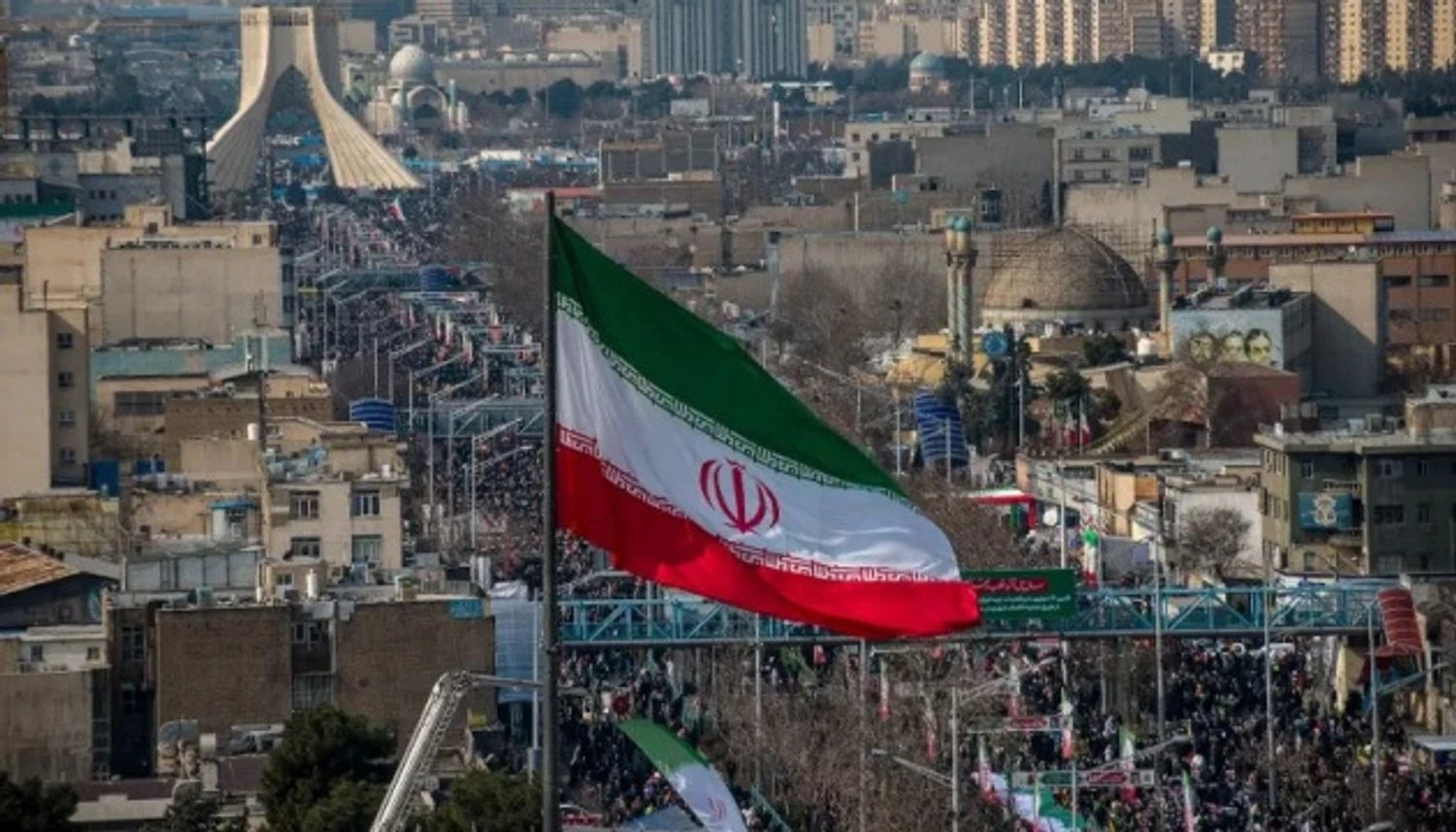“Iran faces deep crisis: GDP stagnation, currency crisis, and energy deficit – intelligenceIran is experiencing its deepest socio-economic crisis in recent years, with projected GDP growth of only 0.3% in 2025 and
inflation exceeding 40%. This is due to a sharp reduction in oil exports caused by international sanctions and structural problems
in the economy.
”, — write: unn.ua
DetailsBy the end of the year, compared to 2024, Iran’s exports of goods and services will decrease by 16%, and imports by 10%. This limits the country’s access to critically important technologies and equipment, deepening the structural problems of the economy, the intelligence service reported.
“Working for food”: in hundreds of municipalities of the Russian Federation, food expenses exceed 50% of non-cash payments – intelligence21.10.25, 16:53 • 2540 views
Inflation rates exceed 40%, leading to a sharp increase in food and energy prices. Local protests against high tariffs and unemployment are recorded in large cities, which creates additional risks for political stability. Iran’s public debt has reached 40% of GDP. To close the 2025 budget deficit, the country needs either to significantly increase oil exports or sell it at a price of about $163 per barrel – a level that seems unlikely in the global market
According to intelligence data, on the black market in the autumn, the exchange rate exceeded one million rials per US dollar, setting a new negative record. In response, the country’s parliament adopted a monetary reform: one new rial will be equal to 10 thousand old ones, and the kiran (1/100 of a rial) will become an additional small change unit.
Russian regions on the verge of a budget crisis: Russians bought 1.94 million packages of antidepressants in September alone – intelligence22.10.25, 19:05 • 3088 views
The most acute situation is in infrastructure. In 2025-2026, the electricity deficit is estimated at 25 thousand megawatts. Production cannot keep up with the growth of consumption due to sanctions, worn-out equipment, and inefficient management. Summer brought another blow: due to drought, 30 out of 31 provinces, including the capital, experienced water supply disruptions. Iran enters 2026 with extremely limited room for maneuver. Without access to external markets and large-scale investments, the country risks remaining trapped in low growth, high inflation, and infrastructure failures. Growing social tension could become a key factor in political destabilization
Russian Railways cuts staff and investments amid falling freight volumes – intelligence20.10.25, 13:54 • 3664 views
